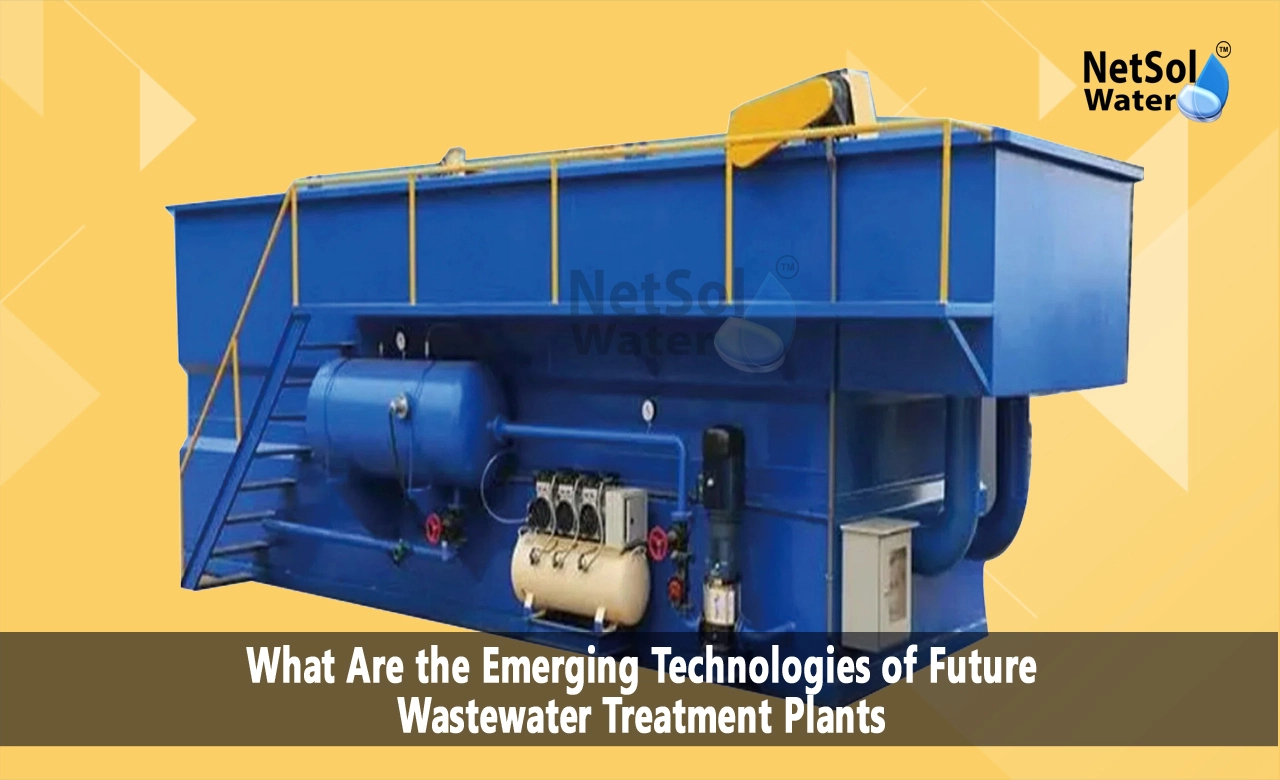What Are the Emerging Technologies of Future WWTP Plants?
Wastewater treatment is essential for a sustainable community and environmental safety. More efficient, cheaper, and environmentally friendly ways to treat wastewater are needed as more people populate the earth and industrial activities expand. In this respect, innovations in this area promise to increase the ability of treatment plants to cleanse water while also helping it to recover resources, generate energy or even combat climate change. We will examine some of the most promising emerging technologies that could shape the future development of wastewater treatment plants.
Advanced Biological Treatments
Aerobic Granular Sludge (AGS) Technology
AGS technology is a revolution in biological wastewater treatment over conventional activated sludge processes. In contrast with traditional activated sludge processes, AGS only needs one tank which contains quick-settling granular biomass. Such technology significantly decreases plant sizes while improving nitrogen and phosphorous nutrient withdrawal from wastewaters. Moreover, AGS exhibits resistance to toxic shocks as well as its capacity to handle higher organic loads which makes it suitable for urban areas.
Anammox Bacteria
The abbreviation Anammox stands for anaerobic ammonium oxidation, a process that converts ammonium into nitrogen gas without requiring oxygen. This not only reduces the energy required to aerate water, but also it curbs the release of nitrous oxide (N2O), a highly potent greenhouse gas. The incorporation of anammox into existing treatment systems can enhance nitrogen removal efficiency by over 60% and lead to significant operational cost savings.
Membrane Technologies
Forward Osmosis (FO)
Forward osmosis is one part of membrane technology where diffusion of water from a low concentration solution to high concentration draw solution is facilitated by the semi-permeable membrane. There is no need for hydraulic pressure which makes this process energy efficient. FO is useful in treating high salinity wastewater and recovering valuable minerals or chemicals.
Membrane Aerated Biofilm Reactor (MABR)
This is not aeration as usual; it represents MABR technology’s revolutionary approach towards biofiltration system air supply. Oxygen is diffused directly through a membrane into the biofilm where bacteria reside resulting in significantly lower energy consumption compared to traditional bubble aerators. It also produces effluent with much better quality than bubble type diffusers, less prone to clogging.
Chemical and Heat Technologies
Advanced Oxidation Processes (AOPs)
In wastewater treatment, AOPs are used in the presence of ozone, hydrogen peroxide, UV light and catalysts to produce reactive radicals that can degrade complex organic waste matter that is harmful. This process works particularly well for pharmaceuticals and personal care products that have become common in urban sewage but cannot be easily eliminated by conventional treatments.
Pyrolysis and Gasification
Sludge which is a product of wastewater treatment can be converted into biochar, syngas and oil through these thermal processes. It also helps to reduce the amount of waste generated while simultaneously obtaining energy from it. The recovered energy could be utilized to run treatment plants hence minimizing their carbon footprint.
Resource Recovery
Nutrient Recovery
Modern technologies now exist which enable the extraction of nutrients such as phosphorus and nitrogen from wastewater so that they can be used as fertilizer. Struvite precipitation technology and anaerobic digestion among others are some examples of how water bodies may not get eutrophication since these processes help in nutrient recovery that cause this state.
Water Reuse
With the advancements in treatment technologies, it is possible to now reuse treated wastewater for different non-potable purposes. Progressively, ultrafiltration and reverse osmosis have made it viable to further treat treated sewage effluent (TSE) for use as drinking water, industrial processes or agriculture irrigation.
Challenges and Considerations
However, these technologies also come with various limitations. The high initial costs, complexities of operations, and the need for experienced personnel are major setbacks. Besides this, regulatory barriers, as well as public misgiving about water reuse, can be an obstacle towards accepting these technologies.
Conclusion
The introduction of new technologies holds great potential for wastewater management. They offer better treatment efficiencies, less environmental impacts and the possibility of resource recovery. Nevertheless, their integration into existing infrastructures, cost management and societal acceptance will determine their fate. Consequently, collaboration between stakeholders through funding research and policy-making is necessary towards a sustainable future of wastewater management. As we advance, the focus must not only be on treating wastewater but on converting waste into valuable resources, thereby closing the loop in the water cycle in an eco-friendly manner.
Netsol Water is Greater Noida-based leading water & wastewater treatment plant manufacturer. We are industry's most demanding company based on client review and work quality. We are known as best commercial RO plant manufacturers, industrial RO plant manufacturer, sewage treatment plant manufacturer, Water Softener Plant Manufacturers and effluent treatment plant manufacturers. Apart from this 24x7 customer support is our USP. Call on +91-9650608473, or write us at enquiry@netsolwater.com for any support, inquiry or product-purchase related query.



